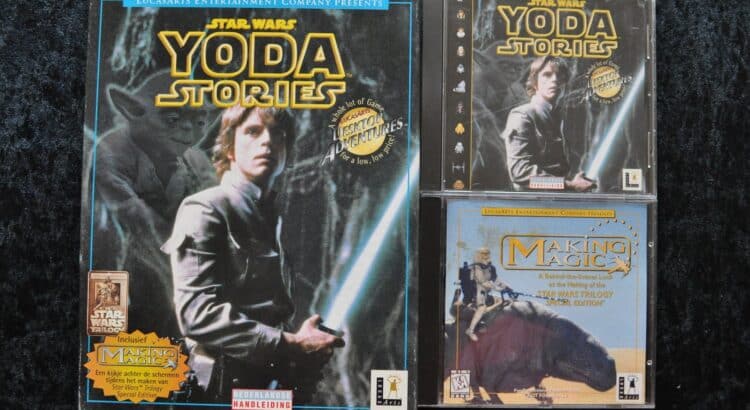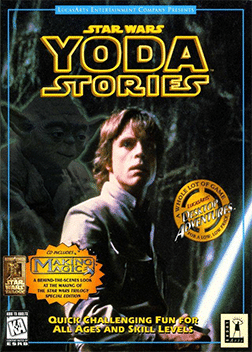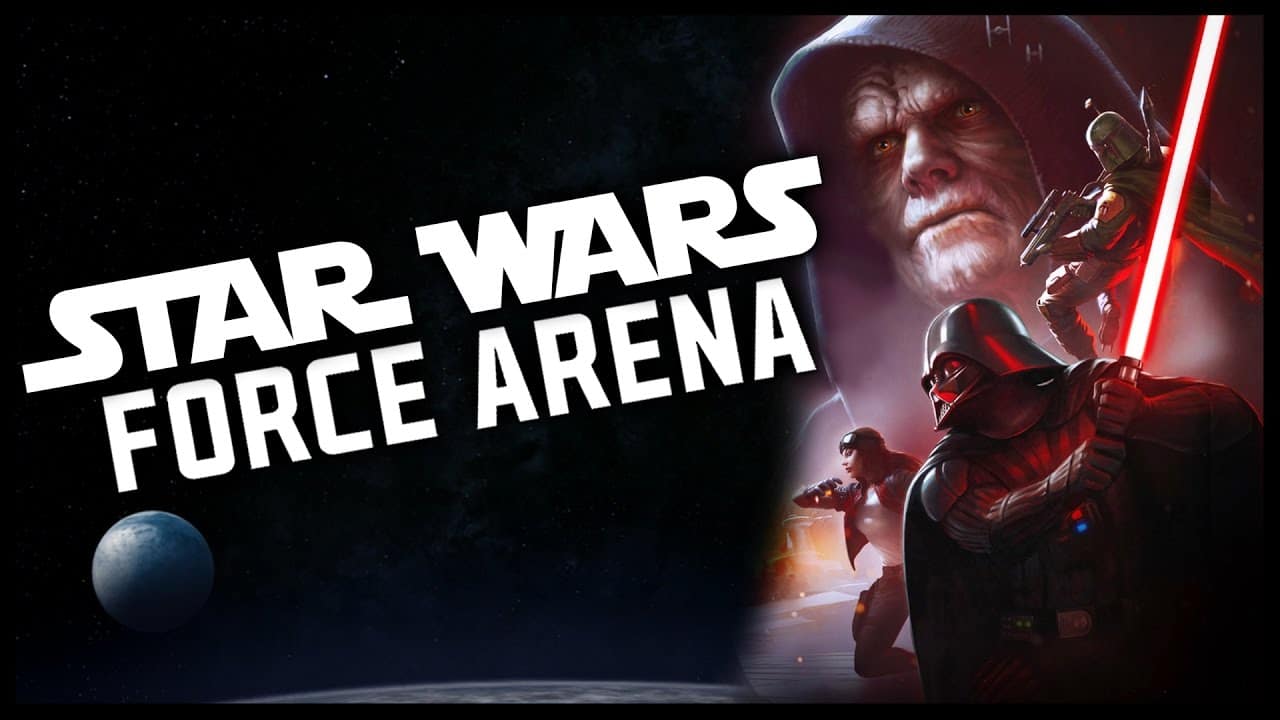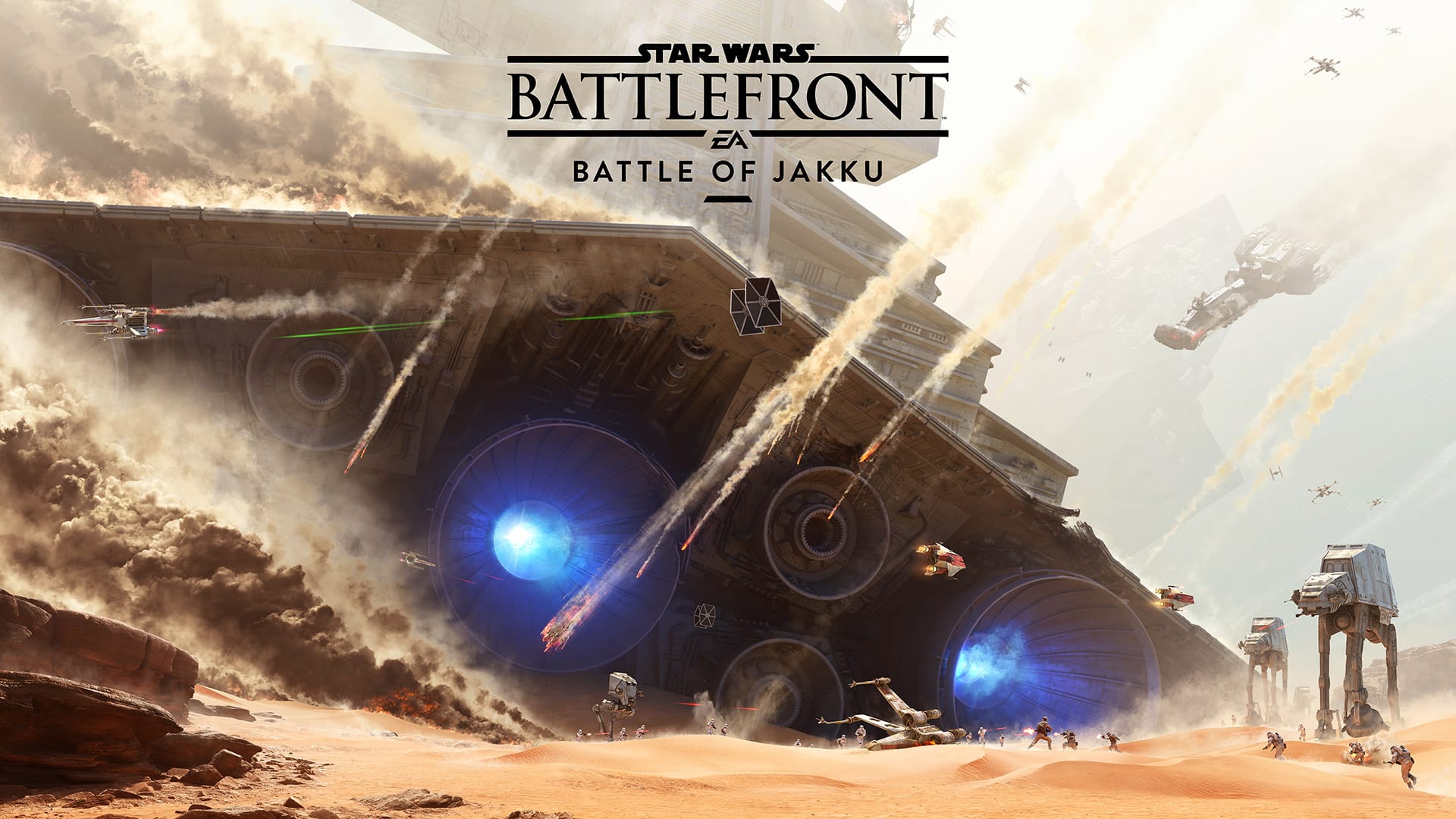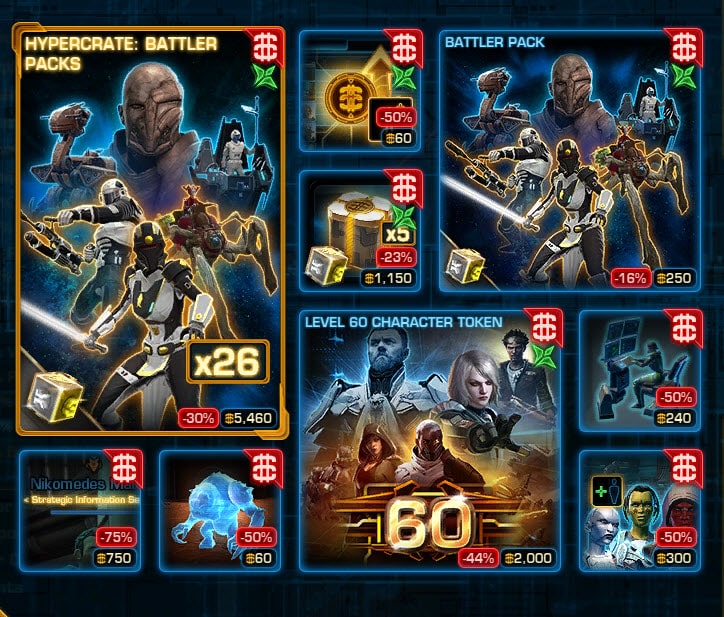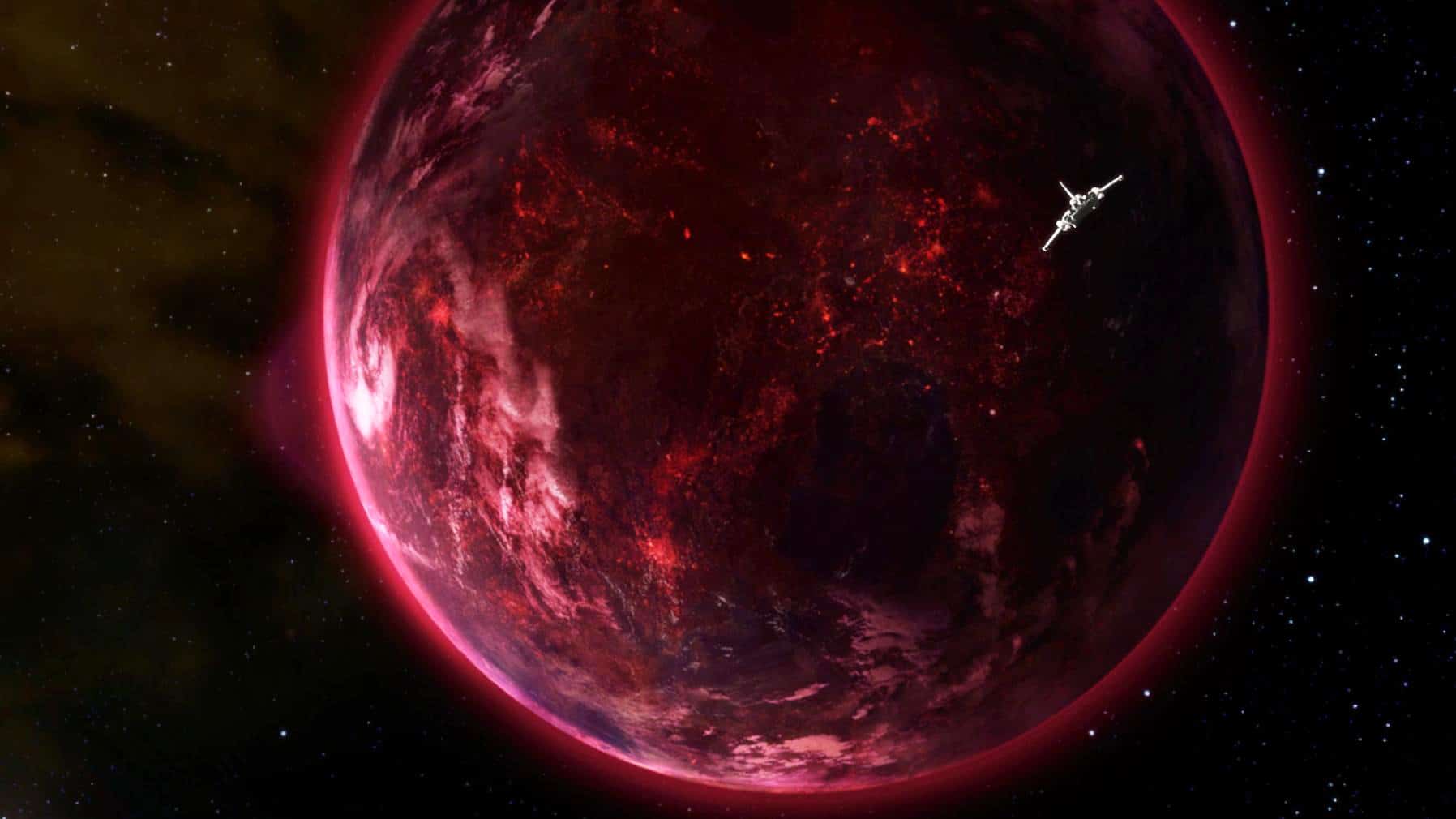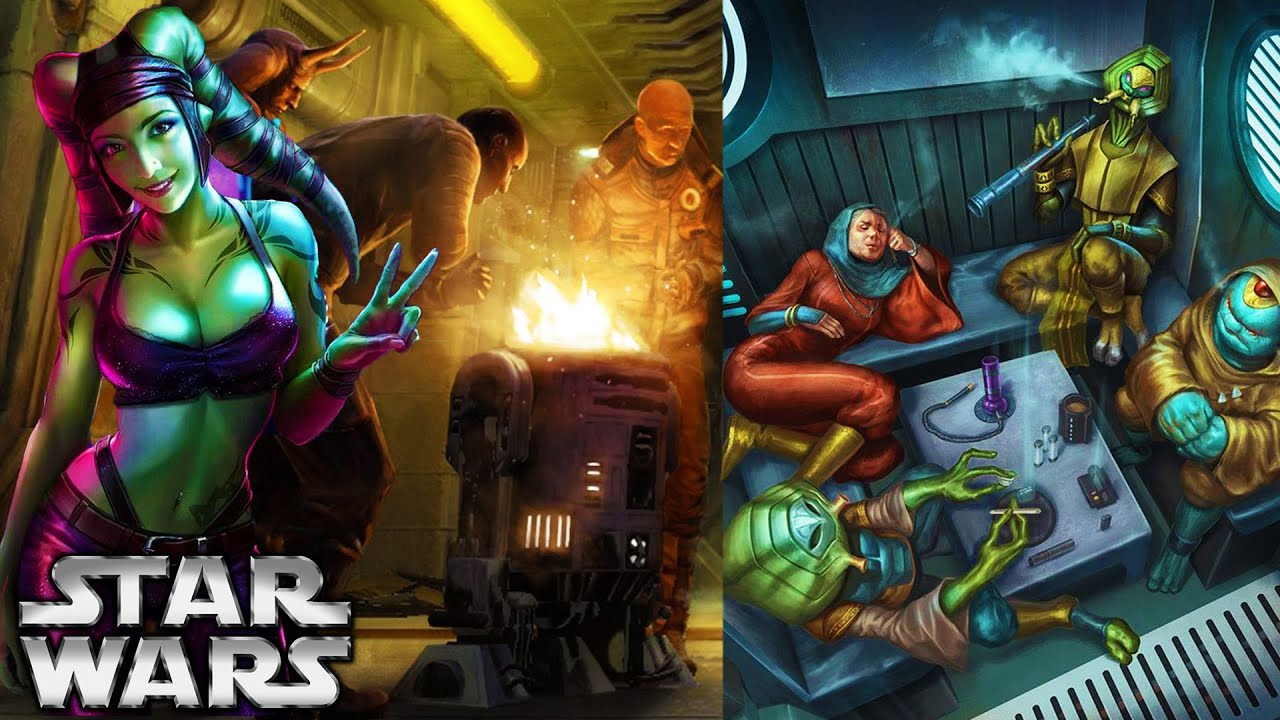“Star Wars: Yoda Stories” emerges as a distinct title within the expansive universe of Star Wars video games. Released by LucasArts in 1997, this game carved its niche as an innovative, casual gaming experience amidst a sea of more traditionally structured Star Wars titles. Designed to offer bite-sized adventures, it brought the excitement of the Star Wars universe to the desktops of fans and casual gamers alike. Here’s a quick summary of what makes “Yoda Stories” stand out:
- Casual Gameplay: Designed for short, intermittent play sessions, making it accessible to a wide range of players.
- Procedural Generation: Each mission is randomly generated, offering a unique experience every time you play.
- Focus on Exploration and Puzzle-Solving: Players engage in various tasks ranging from combat to trading with NPCs.
- Episodic Missions: The game features standalone missions given by Yoda, with no overarching narrative.
- Compatibility: Originally released for Windows and later ported to the Game Boy Color.
- Mixed Reception: At the time of release, the game received mixed reviews for its simplicity and repetitive gameplay, though it has since been appreciated for its innovation and charm.
“Star Wars: Yoda Stories” represents an early attempt to blend the iconic Star Wars narrative with the burgeoning casual gaming market, making it a unique entry in the franchise’s storied history in video gaming.
The Birth of a Casual Adventure
In the grand tapestry of the Star Wars video game universe, where epic sagas and high-stakes battles are the norm, “Star Wars: Yoda Stories” emerges as a unique thread, weaving a narrative not of galaxy-altering confrontations, but of casual, day-to-day heroics. This unassuming title, launched in the shadows of its more monumental siblings, was LucasArts’ foray into crafting an experience that was both accessible and distinctly Star Wars, aimed at filling the gaps between major game releases with something light, yet engaging.
The late ’90s was a period of technological transition and experimentation within the gaming industry. Developers were exploring the capabilities of the emerging internet, while players were beginning to enjoy more gaming on their PCs. LucasArts, known for its ambitious storytelling and cutting-edge gameplay, took a step back to consider the casual gamer. “Star Wars: Yoda Stories” was designed to be a desktop adventure—a game that could be played in short bursts, requiring minimal commitment but offering a satisfying Star Wars experience. The goal was to create a game that could be picked up and played at any time, much like solitaire or minesweeper, but with the added allure of the Star Wars universe.
At its heart, “Star Wars: Yoda Stories” was about exploration and puzzle-solving. Set between “The Empire Strikes Back” and “Return of the Jedi,” the game casts the player as Luke Skywalker, who, under the guidance of Master Yoda, embarks on a series of randomly generated missions. These missions ranged from simple fetch quests to more complex puzzles that required the player to think creatively and use their growing knowledge of the game’s mechanics. The game did away with the linear storytelling that characterized many of its contemporaries, opting instead for a non-linear approach that emphasized player choice and discovery.
One of the most innovative aspects of “Yoda Stories” was its use of procedural generation to create endless variations of missions and worlds. Each playthrough presented a new set of challenges and environments, encouraging players to adapt and explore. This randomness was both a blessing and a curse, as it provided fresh experiences but also led to uneven difficulty and sometimes nonsensical mission objectives. Nonetheless, this approach was ahead of its time, prefiguring the procedurally generated landscapes and roguelike elements popular in many of today’s games.
Despite its ambitions, “Yoda Stories” received a mixed reception. Critics and players alike were divided over its simplistic graphics, straightforward gameplay, and the repetitive nature of its missions. However, beneath the surface-level criticisms lay a deeper appreciation for what LucasArts was trying to achieve—a game that didn’t just cater to the hardcore Star Wars fan or the seasoned gamer but was welcoming to all. It was a bold experiment in expanding the Star Wars universe into the realm of casual gaming, an attempt to marry the depth and lore of the saga with the simplicity and accessibility of desktop games.
Looking back, “Star Wars: Yoda Stories” can be seen as a pioneer, an early exploration of what it means to bring a beloved franchise to a wider audience through gaming. Its legacy is not just in the missions completed or the puzzles solved, but in its approach to gaming as a versatile medium capable of reaching players of all ages and skill levels. As we continue to see the boundaries between “casual” and “hardcore” gaming blur, it’s worth remembering the small yet significant role played by “Yoda Stories” in this ongoing evolution.
In sum, “The Birth of a Casual Adventure” within the Star Wars gaming lexicon is a tale of ambition, experimentation, and the timeless allure of a galaxy far, far away. It’s a reminder that sometimes, the most enduring stories are those that offer us a chance to step into the shoes of a hero, even if just for a few, brief moments at our desktops. “Star Wars: Yoda Stories” may not have been the blockbuster hit LucasArts hoped for, but in its own quiet way, it added depth to the Star Wars universe and paved the way for the diverse gaming experiences fans enjoy today.
A Galaxy Not So Vast: The Game’s Mechanics
“Star Wars: Yoda Stories” might not span an expansive galaxy as its cinematic counterparts do, but within its compact universe, it packs a surprising depth of gameplay and mechanics that merit a closer look. This title offers a unique approach to interactive storytelling and gameplay, focusing on accessibility and replayability, which sets it apart from more conventional Star Wars games.
The core of the game revolves around a series of mini-adventures or missions, each set within the iconic Star Wars universe but on a much smaller scale. The player takes on the role of Luke Skywalker, with the venerable Yoda providing guidance and missions. These missions are randomly generated, ensuring that each playthrough offers a new experience. From rescuing allies captured by the Empire to uncovering hidden artifacts of Jedi lore, the tasks vary widely, underscoring the game’s emphasis on variety and exploration.
One of the game’s standout features is its procedural generation system, which crafts each mission with different objectives and locations, preventing the gameplay from becoming stale. This randomness is a double-edged sword; on one hand, it ensures that no two play sessions are alike, providing a fresh adventure every time. On the other, it can sometimes result in a lack of cohesion in the game’s narrative flow, making some missions feel disjointed.
The mechanics of “Yoda Stories” are intentionally simplified to accommodate its status as a casual game. Movement and combat are straightforward, with the game being primarily mouse-driven, though keyboard shortcuts are available for certain actions. Players can interact with various characters, solve puzzles, and engage in combat with Imperial forces and creatures. The lightsaber and the Force are at Luke’s disposal, along with a range of other items and weapons picked up along the way. This simplicity in control does not detract from the game’s enjoyment; rather, it makes it more accessible to a broad audience, including those who may not be avid gamers but are fans of the Star Wars franchise.
Despite its modest ambitions, the game incorporates several elements that add depth to its gameplay. Players must navigate through puzzles that require creative thinking and the use of items found during their adventures. Interaction with NPCs (Non-Playable Characters) is crucial, as they can offer hints, trade items, or assign side quests that further enrich the game’s world. This aspect of “Yoda Stories” contributes to a sense of immersion, making the player feel like a part of the Star Wars universe, even within the game’s limited scope.
The game also features an inventory system, allowing players to collect and use a variety of items. This mechanic encourages exploration and experimentation, as players must figure out how best to utilize their collected resources to complete missions. The inclusion of iconic Star Wars elements, such as droids, vehicles, and familiar locations, further ties the game to its source material, providing fans with a sense of nostalgia and connection to the broader saga.
In conclusion, “A Galaxy Not So Vast” within “Star Wars: Yoda Stories” reveals a game that, despite its modest scale and scope, offers a surprisingly rich and engaging experience. Its mechanics, from the procedural generation of missions to the simple yet satisfying combat and puzzle-solving, demonstrate an attempt to cater to both casual gamers and die-hard Star Wars fans. While it may not have achieved the same legendary status as other titles in the franchise, its unique approach to gameplay and its ability to convey the essence of the Star Wars universe in a bite-sized format make it a noteworthy entry in the saga’s gaming legacy.
In Hindsight: The Game Ahead of Its Time?
Reflecting on “Star Wars: Yoda Stories” through the lens of the present reveals an intriguing perspective: was this unassuming title, with its quirks and simplicity, actually a precursor to gaming trends that would only become mainstream years later? Let’s unpack this notion further, exploring aspects that may have positioned “Yoda Stories” as a title ahead of its time.
At the heart of “Yoda Stories” lies its procedural generation and episodic content, elements that today are staples in the gaming industry. Games like “Minecraft” and “No Man’s Sky” have built entire universes on the back of procedural generation, providing endless landscapes for players to explore. “Yoda Stories” introduced a similar concept, albeit on a much smaller scale, with its randomly generated missions and environments ensuring that no two play sessions were alike. This approach to game design was relatively rare at the time, making “Yoda Stories” an early adopter of a trend that would only gain traction in the years to come.
Moreover, the episodic nature of the game, with its bite-sized adventures, can be seen as a precursor to the episodic gaming model adopted by companies like Telltale Games. The success of series such as “The Walking Dead” and “Life is Strange,” which released their narratives across multiple episodes, demonstrated the viability and appeal of episodic content. Yoda Stories,” with its standalone missions forming mini-narratives within the larger Star Wars saga, can be viewed as an early experiment in this format.
The game’s focus on casual, accessible gameplay also predates the mobile gaming boom and the rise of casual games on social media platforms. Titles like “Angry Birds” and “Candy Crush” would later dominate the gaming landscape, appealing to a broad audience with simple mechanics and short, engaging gameplay sessions. Yoda Stories” offered a similar appeal; it was a game that could be picked up and played in short bursts, perfect for gamers not looking for a deep, time-consuming experience. This casual gaming angle, somewhat underappreciated in its time, would later become one of the most significant trends in the industry.
Furthermore, the mixed critical reception and player response to “Yoda Stories” at the time of its release also speaks to its premature introduction into the gaming world. Critics and gamers accustomed to the traditional, narrative-heavy, and action-packed Star Wars titles may have found “Yoda Stories'” casual and randomized approach puzzling or unsatisfying. However, viewed through the prism of current gaming trends, where diversity in gameplay and narrative styles is celebrated, “Yoda Stories” might have found a more appreciative audience.
In retrospect, “Star Wars: Yoda Stories” embodies many elements that would only come to be appreciated with time. Its procedural generation, episodic structure, casual gameplay focus, and even its mixed reception offer valuable insights into the game’s potential foresight. While it may not have enjoyed the commercial success or critical acclaim of other Star Wars titles, its legacy as an innovative, if underappreciated, game is undeniable. In considering whether “Yoda Stories” was a game ahead of its time, it’s clear that in many ways, it was; its concepts and design choices, now common and celebrated, were merely waiting for the gaming world to catch up.
The Force of Nostalgia
The allure of “Star Wars: Yoda Stories” extends far beyond its gameplay mechanics or its place within the broader narrative of the Star Wars universe. Indeed, the game wields a powerful force, one that connects generations, bridges the past and the present, and kindles the warm glow of nostalgia: the force of nostalgia itself.
Nostalgia, by its nature, is a double-edged lightsaber. It has the power to color our perceptions, often casting experiences in a softer, more forgiving light. For many, “Yoda Stories” isn’t just a game; it’s a portal to a time when the world seemed wider, the mysteries of the galaxy more inviting, and the bond between player and game, stronger. This connection is felt most acutely by those who encountered “Yoda Stories” in their youth, for whom the game was a first step into a larger world—a world where they could rub shoulders with heroes like Luke Skywalker and wise beings like Yoda, even if only in pixelated form.
As we delve deeper into the essence of nostalgia that surrounds “Yoda Stories,” it’s essential to recognize the context in which this game entered our lives. Released during a time of burgeoning technological advancement and at the cusp of the internet revolution, “Yoda Stories” represented a simpler form of entertainment amidst the rapid evolution of gaming. It reminds us of a period when gaming was transitioning from niche hobby to mainstream phenomenon, yet still retained a sense of innocence and discovery.
Moreover, “Yoda Stories” carries the weight of the Star Wars legacy, tapping into the rich tapestry of stories and characters that have defined a cultural epoch. For fans of the saga, the game offers a unique way to engage with the universe they love, presenting familiar faces and places in a new, accessible format. This connection to the broader Star Wars narrative enriches the nostalgia, linking personal memories of the game with the shared experience of the movies, books, and other media.
The nostalgia evoked by “Yoda Stories” also speaks to the changing landscape of gaming. Today’s games often strive for photorealism, complex narratives, and deep, immersive worlds. While these advancements are celebrated, they also make the straightforward charm of “Yoda Stories” stand out. The game serves as a reminder of a time when gameplay innovation could come in the form of simplicity and accessibility, rather than just graphical prowess or narrative complexity.
But perhaps the most compelling aspect of nostalgia for “Yoda Stories” is its ability to act as a common thread among diverse groups of people. It connects those who played the game as children with those who have discovered it later, as adults, either through emulation or through tales from older fans. This shared fondness for a seemingly minor title in the vast Star Wars gaming canon highlights the power of nostalgia not just to reminisce about the past but to create new connections and communities.
In conclusion, the force of nostalgia surrounding “Star Wars: Yoda Stories” is potent, weaving together personal memories, cultural moments, and the timeless appeal of the Star Wars universe. It’s a testament to the game’s enduring charm and its unique place in the hearts of those who played it. As we look back, it’s clear that while “Yoda Stories” may have been a small step in the evolution of video gaming, it left a lasting footprint on the landscape of our collective gaming memories.
A Casual Adventure in a Legendary Universe
Within the tapestry of the Star Wars saga, “Star Wars: Yoda Stories” emerges not as a thunderous epic, but as a gentle whisper, offering fans a unique way to interact with their favorite universe. This chapter dives deeper into how this game, with its casual gameplay and episodic adventures, found a cozy niche within the expansive Star Wars legacy, and in doing so, paved the way for future explorations of the universe in video games.
At its core, “Yoda Stories” aimed to distill the essence of the Star Wars experience into something accessible and unassuming. It eschewed the grandeur and complex narratives typical of the franchise’s more mainstream titles, offering instead a series of bite-sized adventures that could be enjoyed in short sittings. This approach was somewhat revolutionary, as it challenged the prevailing notion of what a Star Wars game ought to be. Rather than placing the player in the midst of a galaxy-spanning conflict, it invited them to explore the quieter moments of a hero’s journey.
The design of “Yoda Stories” focused on simplicity and ease of access, making it a pioneering title in the realm of casual gaming. Players were not required to commit to long hours to progress through the game; instead, they could dive in and out as they pleased, making it a perfect companion for brief moments of leisure. This design philosophy resonated with the ethos of casual gaming, which values games that are easy to learn, have simple mechanics, and provide immediate satisfaction.
Furthermore, the game’s procedural generation of missions and worlds introduced players to a form of replayability that was both innovative and captivating. Each session offered a new set of challenges and discoveries, encouraging players to return again and again. This aspect of “Yoda Stories” not only extended its lifespan beyond what its simple mechanics might suggest but also offered a glimpse into the potential of procedural generation to create dynamic and ever-changing game experiences.
The legacy of “Yoda Stories” within the broader context of the Star Wars video game universe is a testament to the enduring appeal of the franchise. It demonstrated that the allure of Star Wars does not solely reside in epic battles or complex storylines but also in the quieter moments that allow players to immerse themselves in the galaxy far, far away. The game’s casual approach and episodic structure opened the door for subsequent titles to explore different facets of the universe, from mobile games to narrative-driven adventures.
In reflecting on “A Casual Adventure in a Legendary Universe,” it becomes clear that “Star Wars: Yoda Stories” was more than just a game. It was a foray into uncharted territory, an experiment in blending the casual and the epic. While it may not have received the acclaim of its more action-packed counterparts, its contribution to the Star Wars gaming landscape is undeniable. It served as a reminder that adventure can be found not only in the heat of battle but also in the quiet moments between, offering a unique and cherished experience for fans and casual players alike.
In conclusion, “Star Wars: Yoda Stories” occupies a special place in the pantheon of Star Wars games. Its casual, accessible gameplay, coupled with its innovative use of procedural generation, made it a precursor to many of the gaming trends we see today. By offering a new way to experience the beloved universe, it expanded the horizons of what a Star Wars game could be, capturing the hearts of fans in the process. As we look back on this unassuming title, we’re reminded of the vast, inclusive universe that Star Wars represents—one where even the smallest stories have a place.
FAQ about “Star Wars: Yoda Stories”
Q: What is “Star Wars: Yoda Stories”?
A: “Star Wars: Yoda Stories” is a casual, tile-based, adventure game released by LucasArts in 1997. Designed as a desktop adventure game, it features episodic gameplay with missions assigned by Yoda to Luke Skywalker.
Q: How does the game work?
A: The game features randomly generated missions where players, as Luke Skywalker, complete various objectives across different planets. Gameplay includes puzzle-solving, trading items with NPCs, and combat against enemies using a variety of weapons and the Force.
Q: What platforms is “Yoda Stories” available on?
A: Originally released for Windows, “Yoda Stories” was later ported to the Game Boy Color. The Windows version is designed for desktop play, offering a casual gaming experience that can be paused and resumed at any time.
Q: Is there an end to the game?
A: “Yoda Stories” does not have a traditional end. The game offers a collection of standalone missions that are randomly generated, providing a new experience each time you play. The goal is more about engagement and exploration rather than reaching a final ending.
Q: Can I play “Yoda Stories” on modern systems?
A: Running “Yoda Stories” on modern systems might require emulation software or a virtual machine setup, as it was designed for older versions of Windows. There are no official re-releases or remastered versions of the game for current platforms.
Q: Was “Yoda Stories” well-received?
A: Upon release, “Yoda Stories” received mixed reviews. Some appreciated its casual approach and replayability, while others criticized it for repetitive gameplay and lack of depth compared to other “Star Wars” titles. Retrospective views often regard it as a unique, albeit niche, addition to the “Star Wars” game collection.
Q: Are there similar games to “Yoda Stories”?
A: “Yoda Stories” is part of LucasArts’ Desktop Adventures series, which also includes “Indiana Jones and His Desktop Adventures.” These games share a similar episodic, casual gameplay style focused on exploration and puzzle-solving.
Q: What makes “Yoda Stories” unique?
A: Its casual gameplay, procedural generation of missions, and the incorporation of “Star Wars” lore in a low-stakes environment make it unique. It’s a “Star Wars” experience designed to fit into short gaming sessions, making it distinct from more intensive “Star Wars” games.


